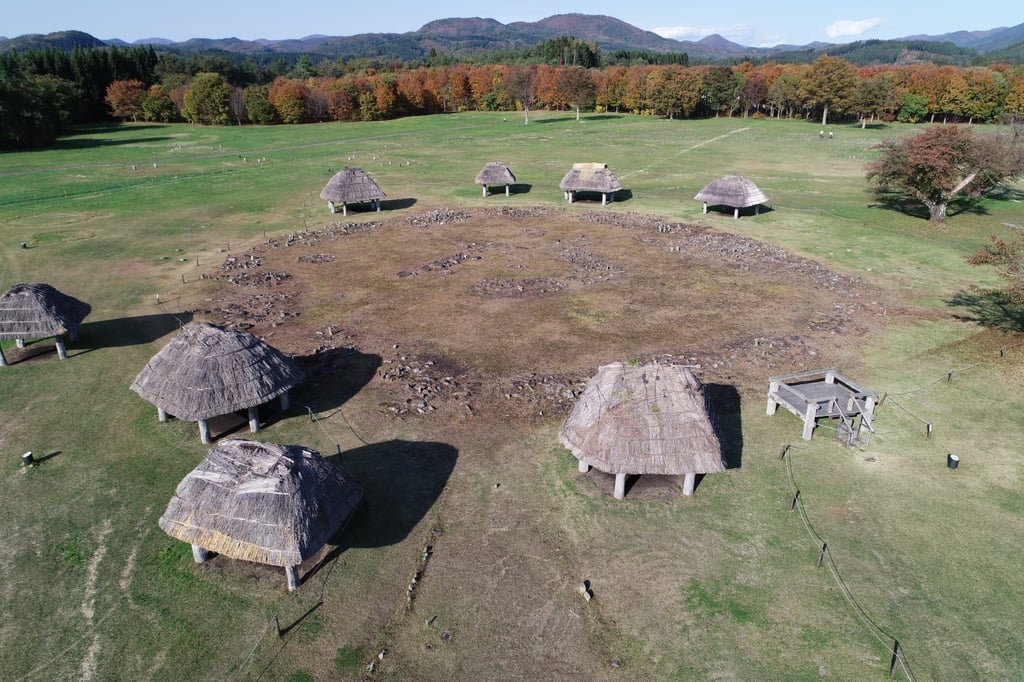Japan’s newest Unesco World Heritage Site, the Jomon prehistoric ruins, could draw tourists back to the Tohoku region, devastated by 2011 quake and tsunami
- The Jomon ruins encompass 17 archaeological sites in northern Japan and include the remains of stone circles and villages, some of which have been reconstructed
- A hunter-gatherer society that flourished for 10,000 years, the Jomon take their name from the unique patterns on their pottery

The Jomon property comprises 17 Neolithic sites scattered across the prefectures of Aomori, Iwate and Akita, in the Tohoku area of Honshu and on the northern island of Hokkaido. They provide insight into the lives of a hunter-gatherer society that flourished in Japan for more than 10,000 years, following the last Ice Age, from around 14,500 BCE to 300 BCE.
“It’s a result that we had been waiting a long time for,” says Masahiko Hananoki, director of a museum dedicated to the Oyu Kanjo Resseki site, a pair of large stone circles in Akita. “I hope that helps to revitalise our region.”

“Being listed by Unesco is not our end goal,” says Fumitaka Sato, a member of an NGO dedicated to raising public interest in the Sannai Maruyama site, the ruins of a settlement near Aomori City. “We want to cooperate with the other regions about these ancient remains, to share the Jomon era’s appeal.”